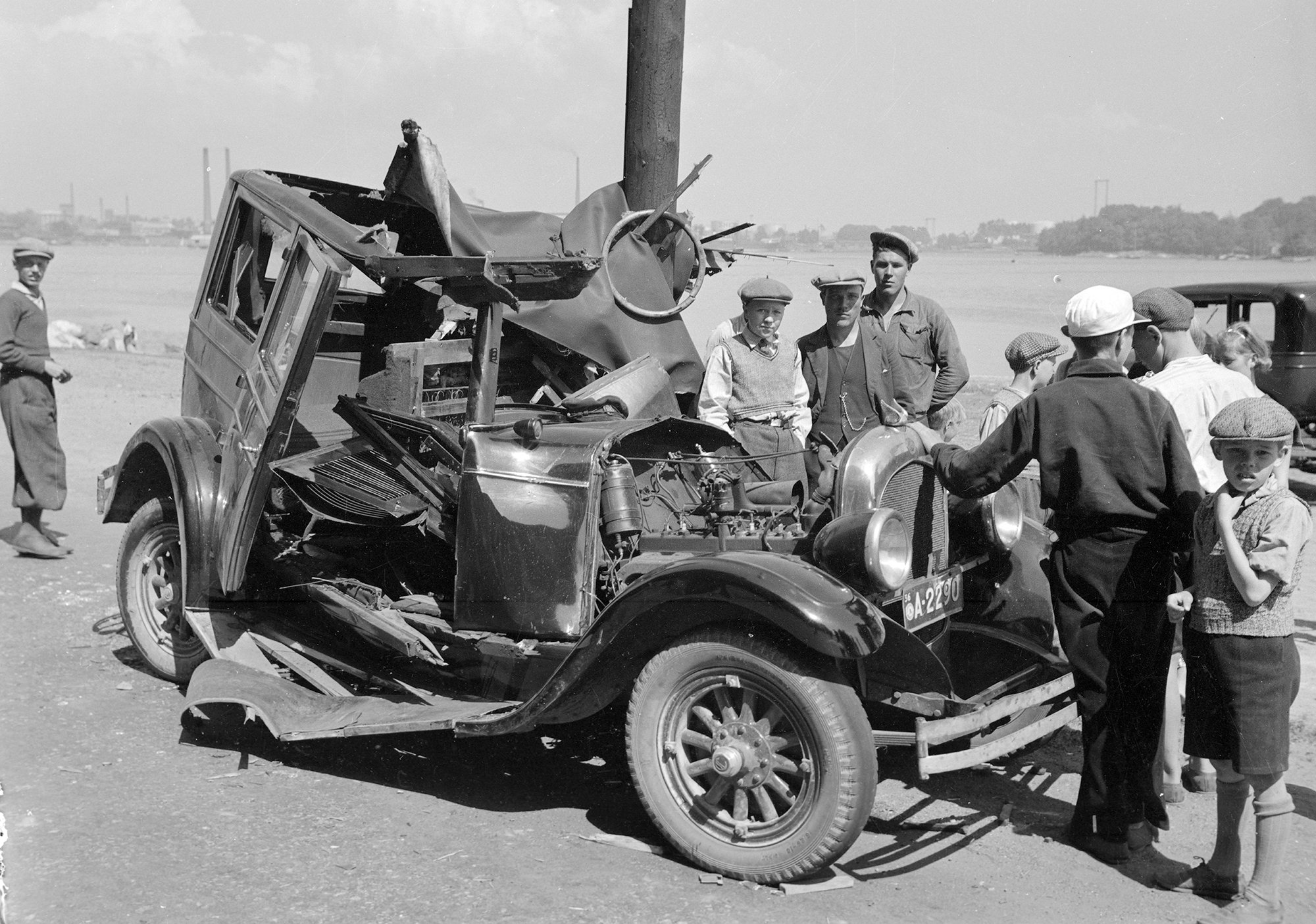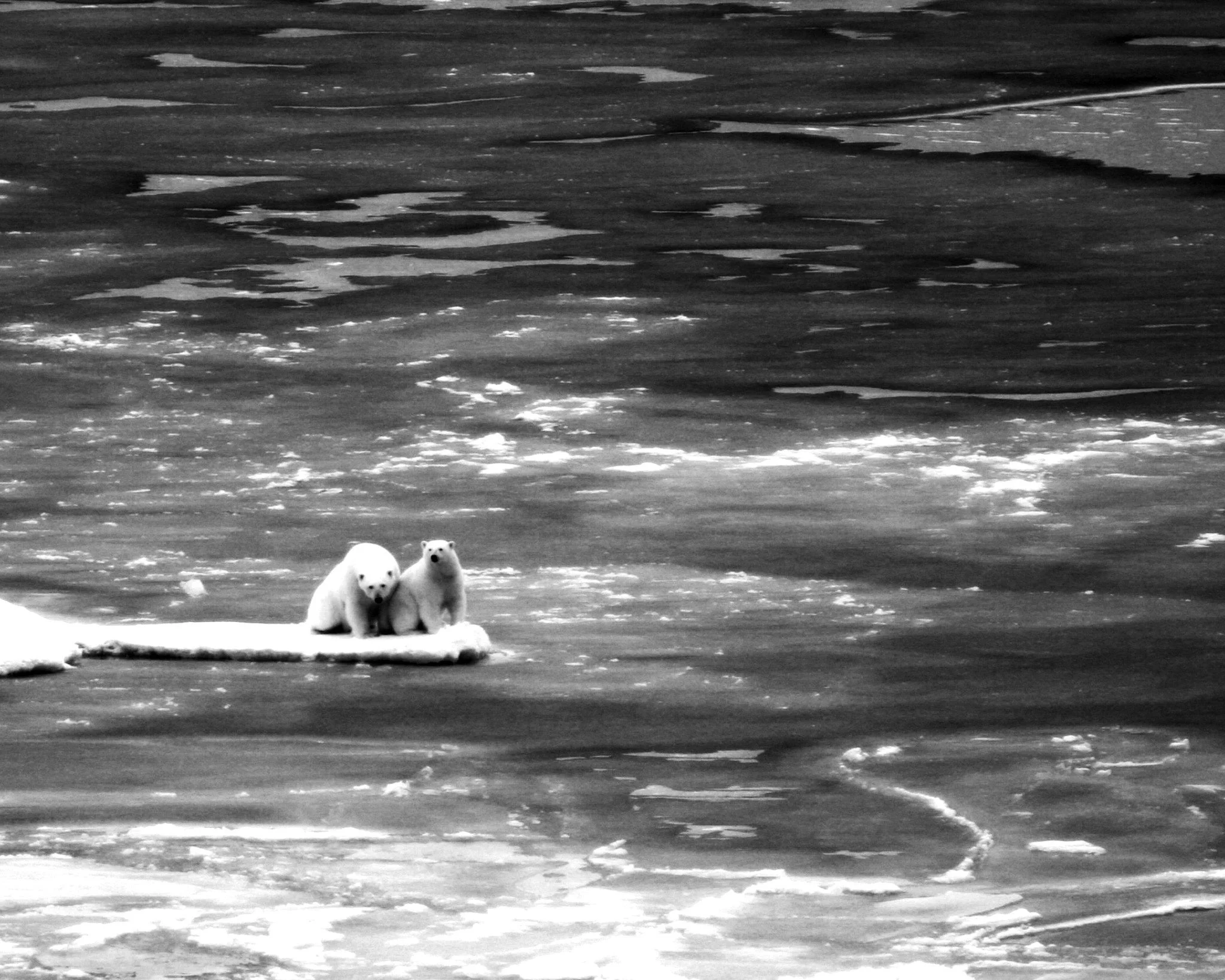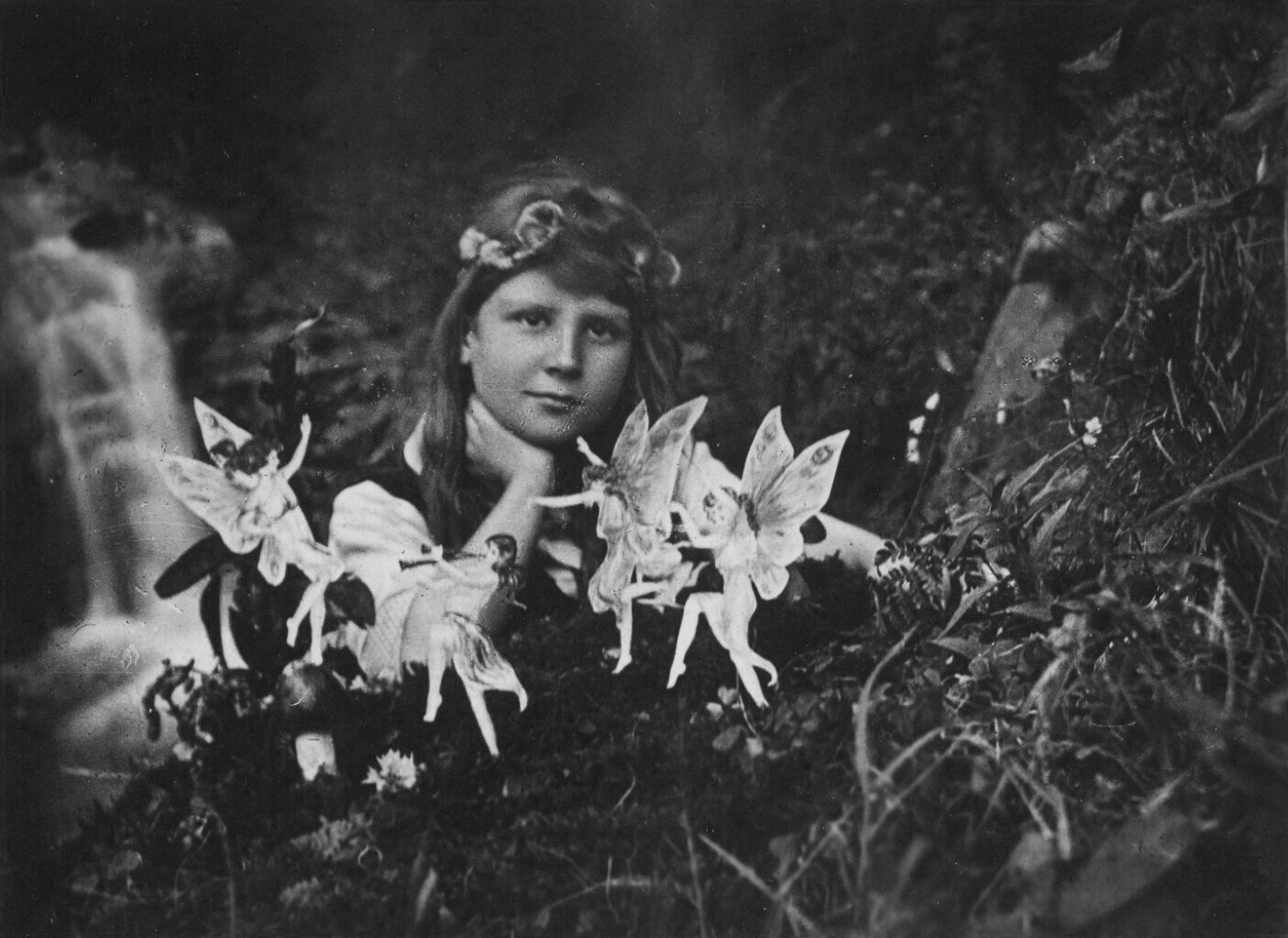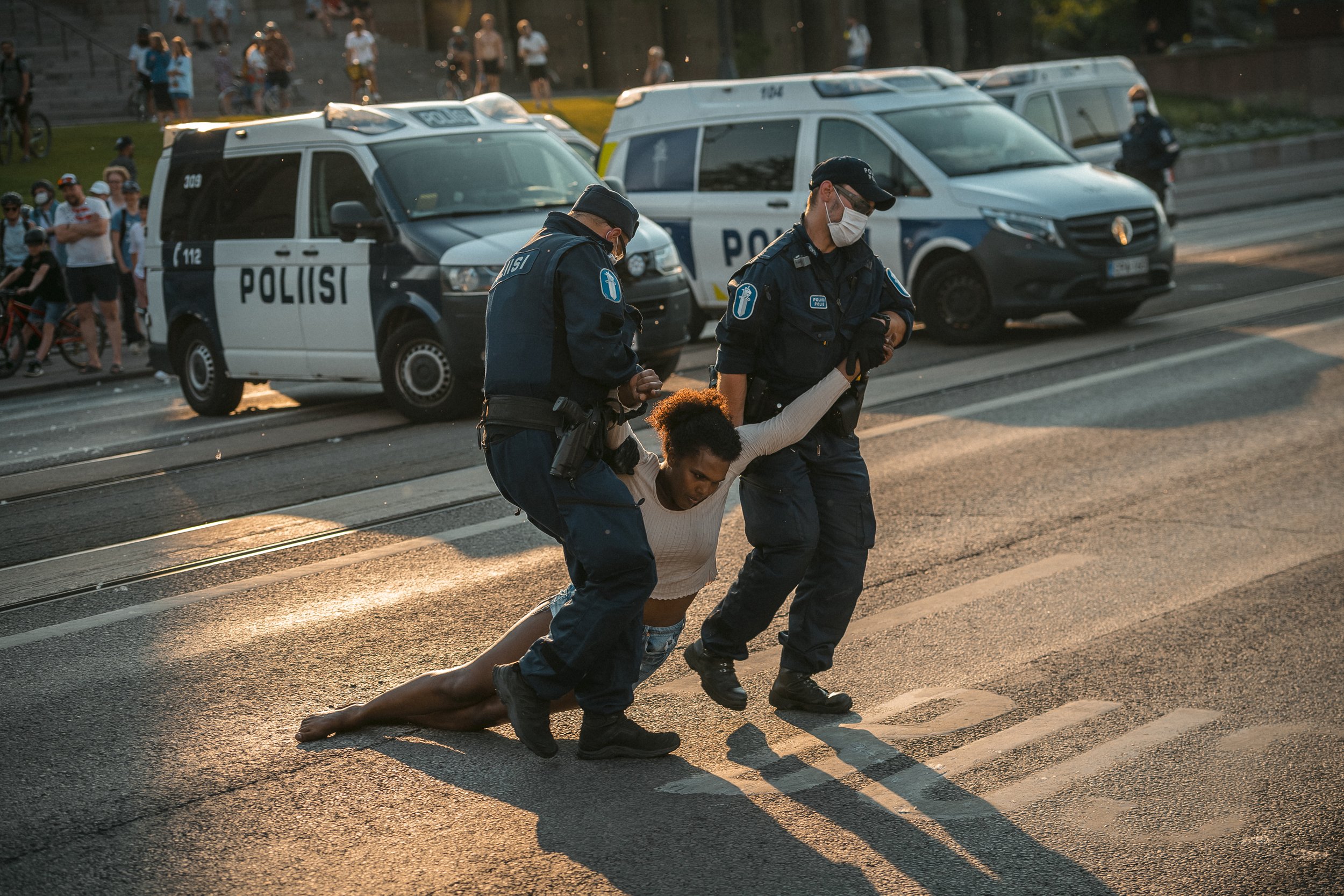
Prohibition does not work – The ethics of accident scene photography
The recent accident in Tapiola, Espoo, has rekindled concerns surrounding the ethics of accident scene photography. Following the incident, images and videos captured at the scene ignited a debate, with some arguing that such images constitute an invasion of privacy or are simply unsettling, while others contend that they serve a vital role in documenting reality and aiding in the assessment of the incident.
Once again, the controversy seems to obscure an essential distinction – that between capturing a photograph and deciding to publish it. Two actions necessitating separate ethical considerations.
Public discourse frequently reduces the debate to calls for blanket bans on photography at accident scenes, even though the subsequent decision to publish the captured images necessitates a far more delicate balancing act: on one side, the need to illuminate the seriousness of the situation, and on the other, the risk of causing distress or violating privacy.

AI-generated image wins a photography competition—but is it really?
Imagine a world where an AI-generated image secures first place in a prestigious photography contest. Once a far-off possibility, this scenario has become reality at the Sony World Photography Awards, organised by the World Photography Organisation. Berlin-based photomedia artist Boris Eldagsen submitted an AI-generated image titled THE ELECTRICIAN, which triumphed in the creative category of the open competition. However, Eldagsen declined the prize.
In a statement, Eldagsen argued, “AI images and photography should not compete with each other in an award like this. They are different entities. AI is not photography.” While I agree that AI-generated images are not photographs, I contend that these images still have a place in the competition. The shortlist for the creative category features numerous heavily manipulated images, such as a disembowelled android practising yoga and duplicated, faceless figures walking in an indistinct void. Although not photographs, these images are not excluded from the competition.

Journalists' rights to cover protests must be safeguarded
In late February, a protest erupted outside the Turkish Embassy in Finland, where a picture of Turkish President Recep Tayyip Erdoğa was set alight. Freelance photojournalist Miro Johansson, present to document the event, was detained by the police despite identifying himself as a journalist and offering to show his press card.
Initially, Johansson faced suspicion of defamation related to the burning of Erdoğan's picture, but the charges were promptly dismissed. However, his memory card was confiscated and only returned a week later upon request by the Union of Journalists in Finland's lawyer—by which time the story had lost its newsworthiness.
It is worth noting that merely capturing an image cannot be deemed defamation. Defamation would require, at the very least, using the photograph in some way. Consequently, it is clear that confiscating the memory card was an excessive and utterly disproportionate action by the police.

How media can better illustrate the climate crisis
Unless you are living in the Arctic, chances are you do not encounter polar bears in your everyday life. Indeed, the last time you saw a polar bear, it was likely in the context of a climate change article, a symbol of the environmental crisis. And there lies the problem.
The last time I saw a polar bear, it was featured in a news piece about the latest IPCC report, which outlined the dire consequences we face, including the destruction of homes, loss of livelihoods, and fragmentation of communities, if we, the people—not the polar bears—fail to change course.
The polar bear's emblematic status as a symbol of climate change is easily understood, given its charismatic nature as a member of the megafauna and its vulnerability to the impacts of climate change. Generally, large, furry animals elicit greater sympathy than small, slimy creatures. However, the polar bear's prominence reflects the wider deficiencies in the media's coverage of the climate crisis.

Capturing reality or creating illusions? The convergence of artificial intelligence and photography
The history of photography is a story of innovation driven by the pursuit of simplicity and ease. George Eastman, the founder of Kodak, captured this spirit with his 1888 advertising slogan, “You press the button, we do the rest.” The modern iPhone epitomises the industry's efforts to enable anyone to capture images without grappling with intricate mechanics of the medium. The democratisation of photography has made it an ubiquitous feature of our lives; however, we must contemplate whether the quest for simplicity has strayed so far that what we create can no longer be called photographs.

The art of fabrication: From Cottingley fairies to the Balenciaga pope
This week, a shiver of astonishment rippled through our collective digital consciousness as we stumbled upon the incredible revelation that not everything we see online is real. I am, of course, referring to the AI-generated pontiff donning particularly unorthodox outfit.
In a world awash with images, we find ourselves as wanderers amidst a forest of visual stories, some real, some imagined, some manipulated. As we walk, we are lured into believing that what we see is what we get. However, the truth is often obscured by our biases, desires, and fears. The advent of AI-generated images has undoubtedly complicated our relationship with reality, but this game is not new.

When the spotlight blinds: Rethinking photojournalism's relationship with awards
As an award-winning photojournalist, I have personally experienced the positive impact of accolades in this fiercely competitive field. The awards, prize money, and grants I have received over the years have undoubtedly advanced my career. However, this recognition has also prompted me to reflect on the role that awards play in photojournalism.
Awards serve as a motivational force, pushing photographers to pursue stories beyond the confines of an assignment, often resulting in personal projects that showcase creativity and passion. Indeed, past Finnish Press Photo competitions have celebrated many such personal endeavours. In fact, two of my three winning news photos in recent years were not captured during assignments.

Framing the Nude: Why Context Matters
I must confess, I have a penchant for perusing images of the disrobed human form, and recently, I've found myself contemplating an incident at the Cable Factory, which the tabloids have so eloquently labeled as the porn kerfuffle. Despite the tabloids' most valiant efforts, this episode has so far failed to generate the uproar they so eagerly anticipated and hoped for.
In brief, an amateur photographer exhibited images of nude and scantily clad women in a hallway, which serves as the gallery for the Camera Club (Kameraseura). In a letter, a group of photographic artists demanded that the club take down the images, as they considered the photos to be pornography rather than art.

Towards better pay together
Newspaper websites offer an abundance of space for pictures and videos. Magazines are sold with cover photos and online subscriptions with the first photos of articles. At the same time, the culture of taking and sharing photos flourishes on Instagram. One might imagine that the value of photos would have increased – and with it, the value of photojournalists, a profession that distinguishes itself from the plethora of amateur photographers with a professional journalistic approach.
However, this notion is misguided. The flourishing of pictures and videos in the media does not equate to steady employment and fair contracts for photojournalists. Downsizing negotiations of media companies have also impacted the photo departments, as demonstrated by Otavamedia outsourcing its photographers in 2020, effectively laying them off and hoping that they would continue to work on a precarious freelance basis.

We must dare to show people’s suffering
A few years ago, a photograph of Alan Kurdi, a three-year-old boy who washed up on the shore of the Mediterranean Sea, was published on a Turkish newspaper’s website and quickly spread around the world. At first, the image was shared on social media, but it soon ended up on the pages of large newspapers as well.
The photo, which was taken by Turkish journalist Nilüfer Demir, reached iconic status perhaps faster than any image before it. The publication of the image also led to criticism. The Finnish newspaper Turun Sanomat decided against publishing the image on the grounds that a similar image of a Finnish child would “never in a million years” be published.